Australia's abandoned attractions left to rot
Crumbling Oz
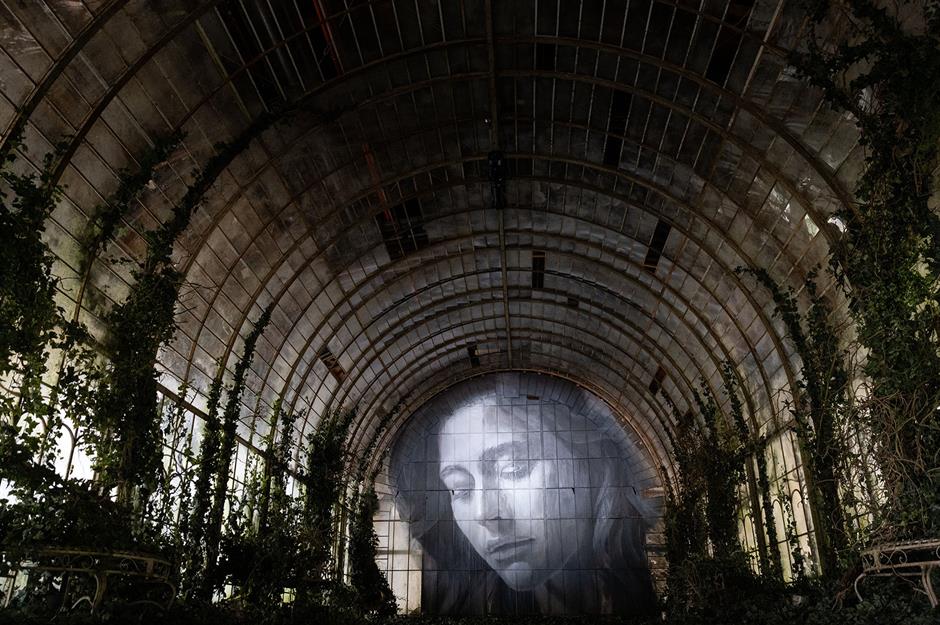
From holiday resorts that went bust to theme parks that lost their thrill, Australia is strewn with abandoned attractions. Some are slated for demolition, others have been left untouched and largely forgotten.
Click through the gallery for Australia’s eeriest abandoned attractions where the good times are well and truly long gone…
Royal George Hotel, New South Wales
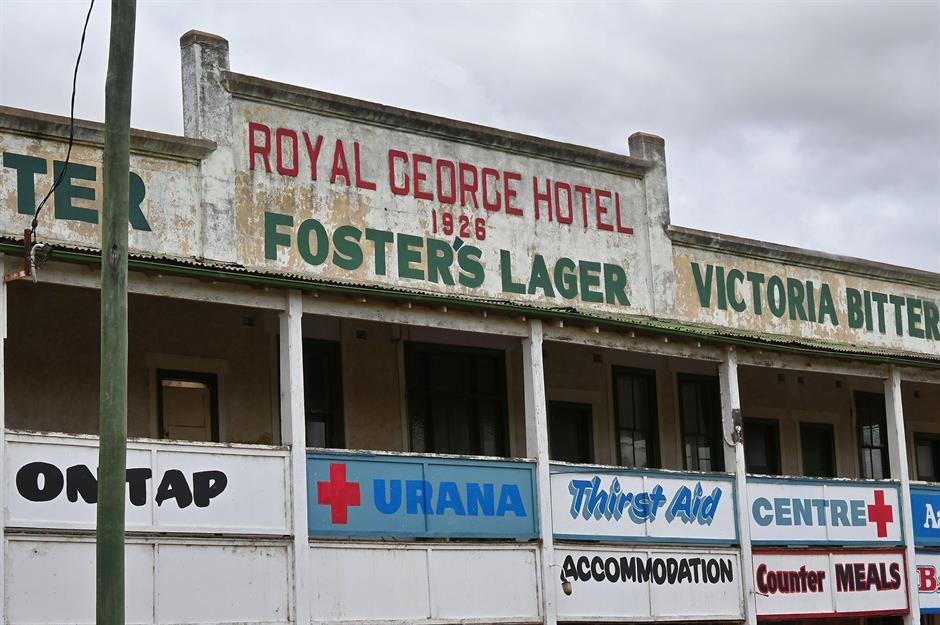
In a small, sleepy country town in the south of New South Wales, lies a shuttered hotel. Founded in 1926, as its faded façade proudly announces, the pub and hotel closed its doors in 1998.
Since then, its empty shell has sat on Urana's Stephen Street, with its corrugated roof rusting and signage promising cold beers and rooms faded from the sun.
Royal George Hotel, New South Wales
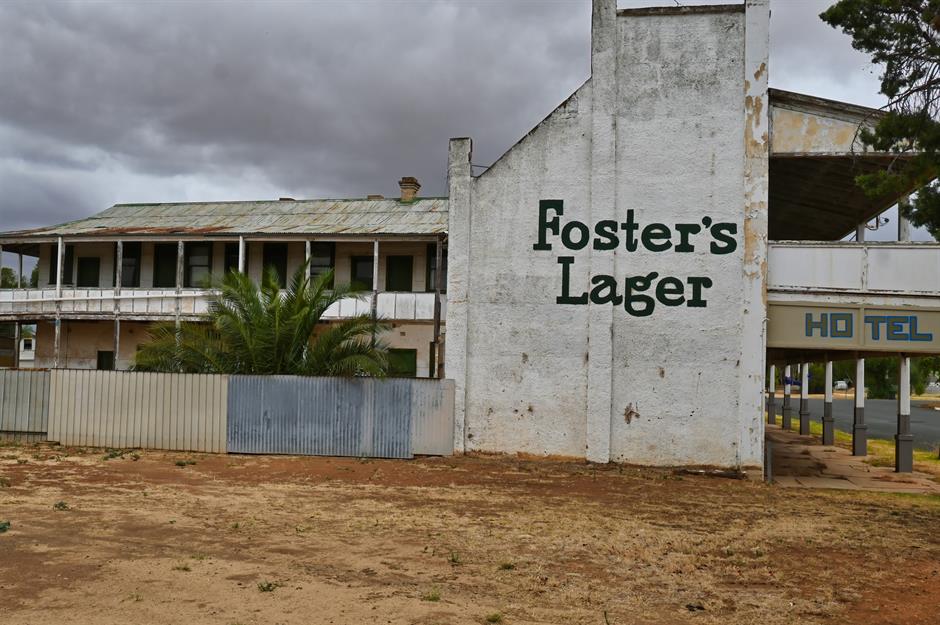
In 2023, the Royal George was put up for sale with the hope that this grand old hostelry would be revived by new owners. It was sold by private treaty for $AU200,000 ($120,000/£94,000). As of yet, the new owner has not revealed their plans for this iconic property.
Atlantis Marine Park, Western Australia
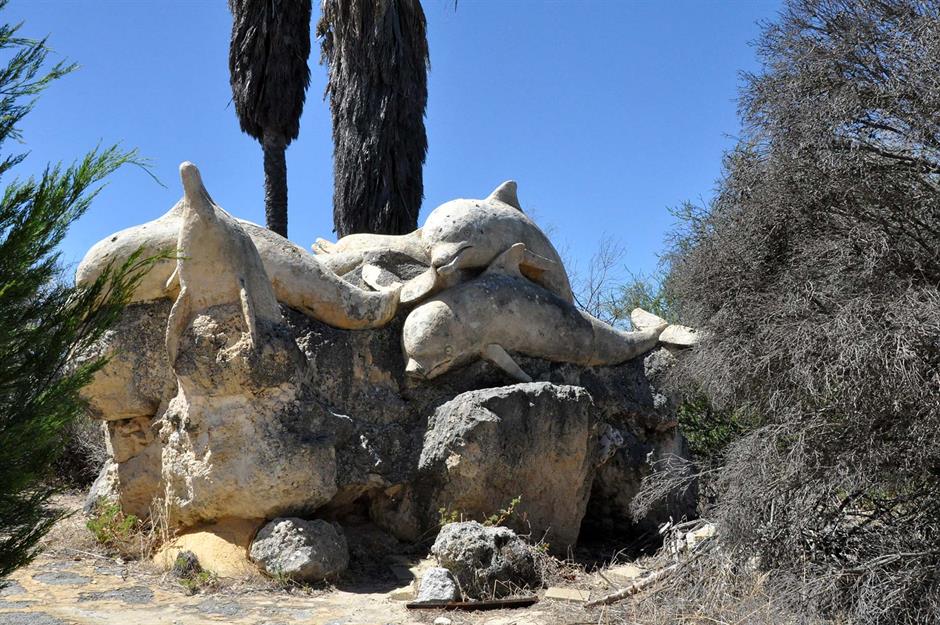
Constructed in the Two Rocks area of Perth in 1981, this Roman-styled resort had grand ambitions. At its centre was a large amphitheatre overlooking a pool where dolphin and seal shows were held with the trainers sporting skimpy Roman-esque swimming gear.
The marine park was presided over by a large statue of a trident-bearing Neptune.
Atlantis Marine Park, Western Australia
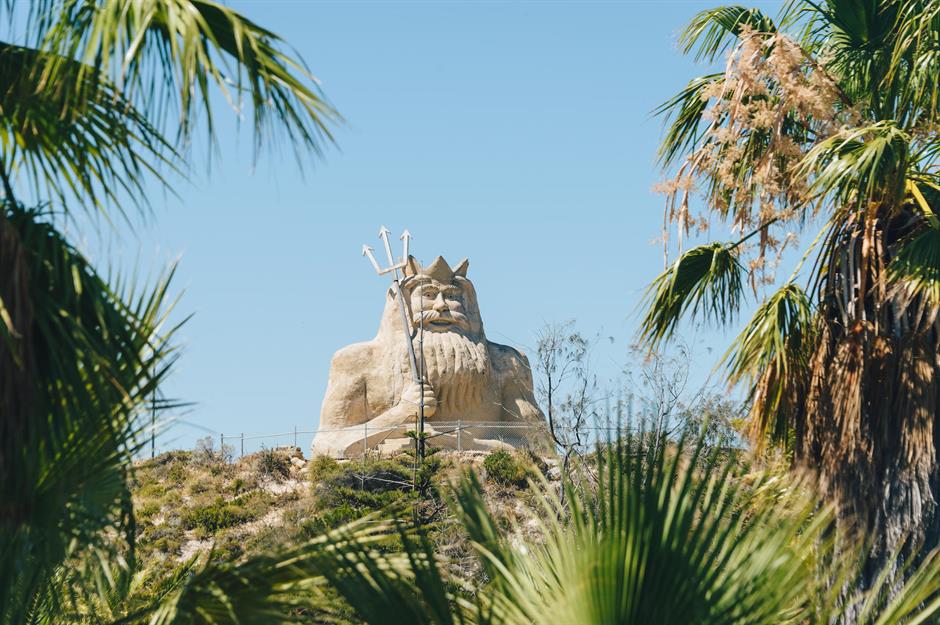
The park's glory was brief though and Atlantis closed in 1990 following money issues and new regulations around enclosures for dolphins. Now just the limestone statue of Neptune remains.
In 2015, after years of neglect and being vandalised, Neptune was restored to his rightful splendour. His cheery face has become a loved landmark.
Love this? Follow our Facebook page for more travel inspiration
The Royal Hotel, Queensland
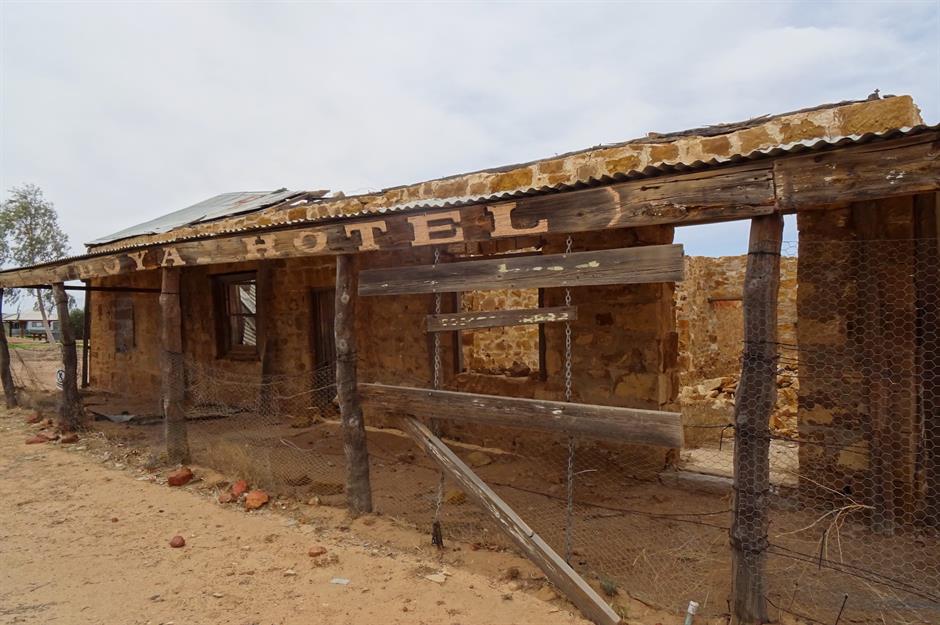
The decaying remains of the old Royal Hotel in Queensland's outback have long been a tourist destination in their own right, luring travellers for a snoop on their 4WD adventures along the notorious Birdsville track in the Simpson Desert.
The ramshackle stone building was finished in the 1880s as the Royal Hotel, one of the town's first two pubs. It later became a hospital used by the Royal Flying Doctor service in the 1920s and 1930s, after which it was a private residence for a time.
The Royal Hotel, Queensland
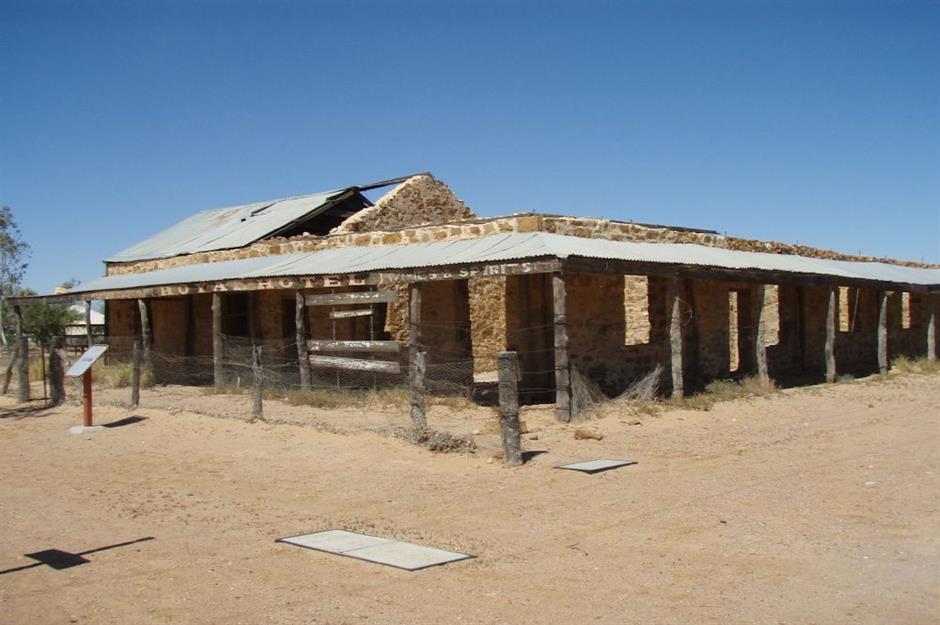
The atmospheric ruins, now protected by the National Trust, lie on Adelaide Street in the remote regional town of Birdsville.
Thirsty travellers will be pleased to find it’s not the only historic watering hole in town. The Birdsville Hotel (built in 1884) is very much still open for business with rooms and refreshments.
Kiandra Ski Resort, New South Wales
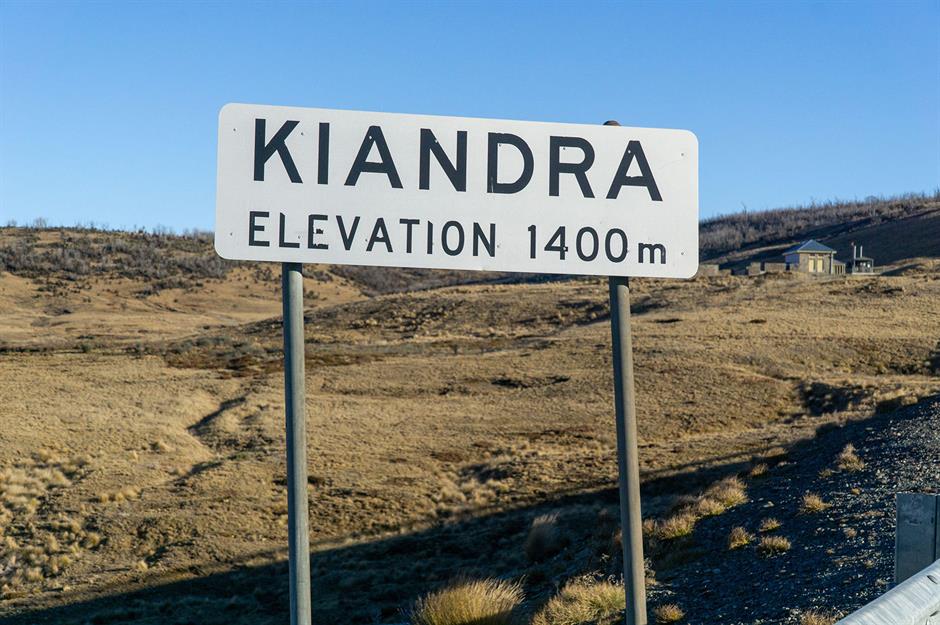
In 1861, gold mining town Kiandra became known for something else: skiing. It's thought some Norwegian miners fashioned skis from fence palings and by the 1870s it had caught on.
The country’s first official ski slope was created here and various ski carnivals were held.
Kiandra Ski Resort, New South Wales
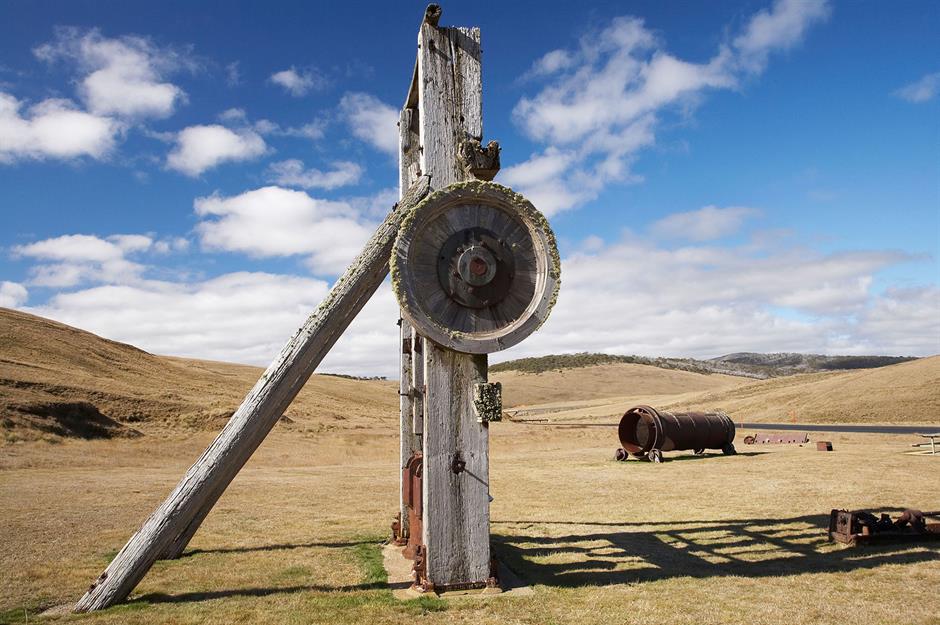
After enjoying popularity, the resort declined and closed in the 1970s. Many of Kiandra’s buildings were demolished, but some remained until 2020 when fires ripped through Kosciuszko National Park.
Today, few relics still intrigue people hiking along the park's Heritage Trail.
The Capricorn Resort, Queensland

Fenced off and forlorn, the Capricorn International Resort was once a pearl in the coastal town of Yeppoon, known as the gateway to the southern Great Barrier Reef. Drawing families from Australia and overseas through its doors, it had two golf courses, direct access to the beach and employed around 300 people.
However, the Japanese-owned resort closed in 2016 and has since been left to fester much to the concern of locals.
The Capricorn Resort, Queensland
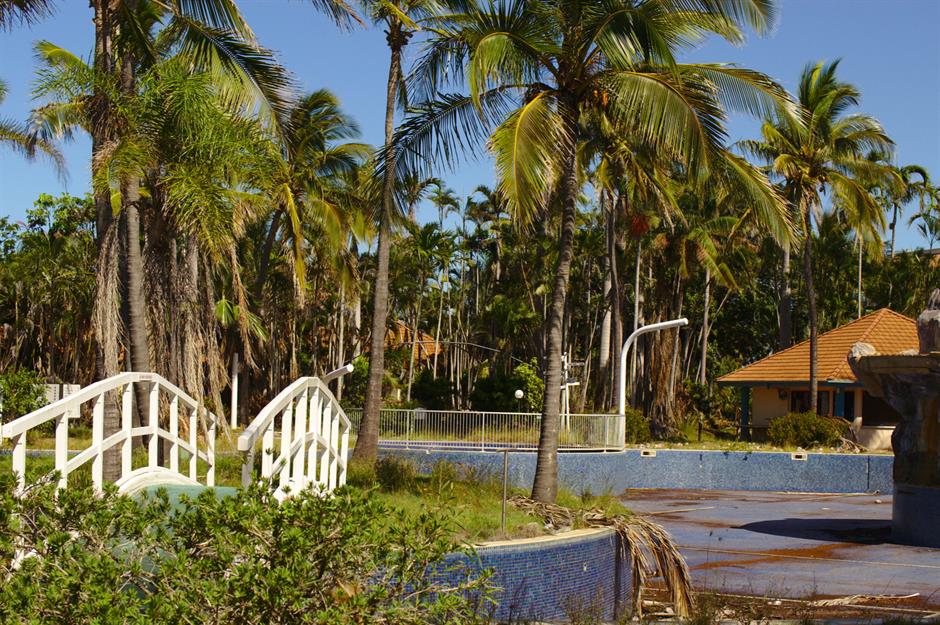
According to the Daily Mail in Australia, the now overgrown tropical getaway, which opened in 1986, once had the largest pool in the southern hemisphere. Now its pools are empty and waterslides being encroached on by vegetation.
However, there have been long-mooted plans to revitalise the 22,000 acres of land by the owners, which will include a holiday resort, residential properties, public spaces and a cattle farming resort for 3,000 full-blood Wagyu.
Flinders Street Station Ballroom, Melbourne
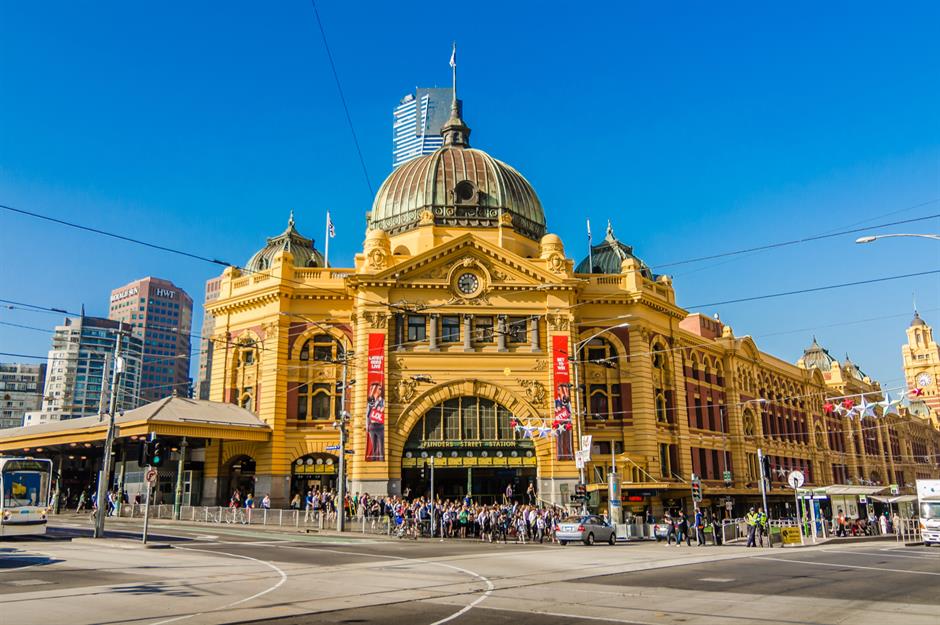
Melbourne’s bustling terminus Flinders Street Station, which opened in 1910, houses one of Australia’s most atmospheric abandoned spaces. Opened originally as a lecture and concert hall for the Victorian Railways Institute, the Flinders Street Ballroom later became one of the city’s most popular dance halls.
The once lavish room was a renowned venue for ballroom competitions and dance classes, until 1983 when it and the other spaces on the station's third floor were closed and stayed shut away for 35 years.
Flinders Street Station Ballroom, Melbourne
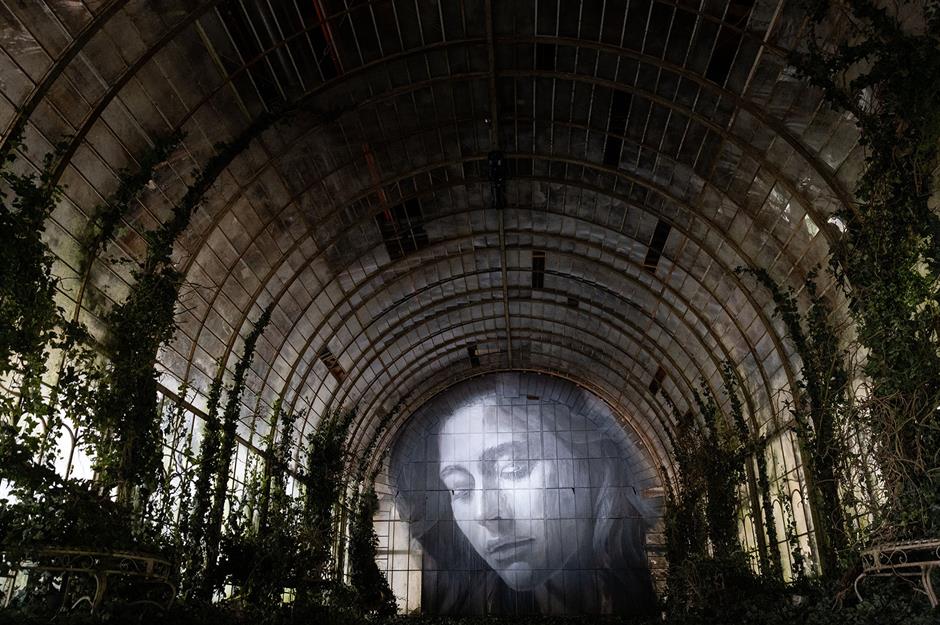
As part of major renovations to the historic station in 2019, the moth-balled ballroom’s water damaged ceiling was restored and the room made safe. Since then, Melbourne Open House has run occasional tours of the once bustling social hub and, in 2022, it was open to the public as part of an exhibition by Melburnian artist Tyrone 'RONE' Wright (pictured).
The faded beauty of the legendary space was an evocative backdrop to the art and reignited interest in the neglected cultural landmark.
Cresta Valley Ski Resort, Victoria
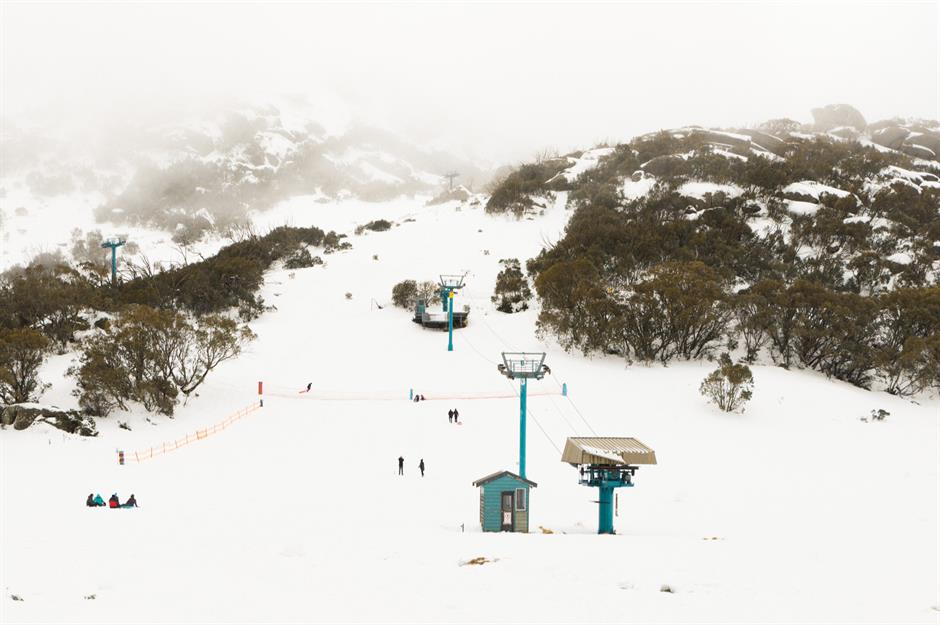
Another of the country’s historic ski resorts can be found on Mount Buffalo in Victoria’s alpine region. Cresta Valley was the first place in Australia to have a large mechanical ski tow, which was constructed in 1937.
It became a popular resort in the Australian Alps with a 26-room ski lodge, restaurant, café and ski school, until nature changed its fate and now only its rusting lift infrastructure remains.
Cresta Valley Ski Resort, Victoria
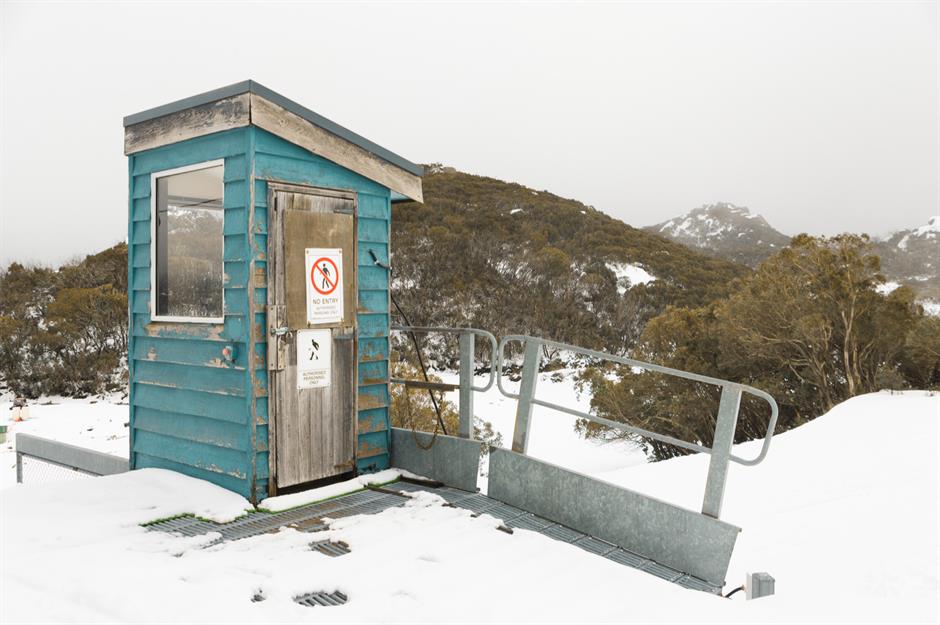
A vicious bushfire that raged through Mount Buffalo National Park in December 2006, known as the Great Divide Fire, destroyed most of the resort’s buildings including the visitor centre, restaurant and the 26-room Cresta Valley Ski Lodge.
However, the derelict chairlifts and Pomas have remained stranded on the slope, left to battle the harsh alpine elements. The valley is now a popular tobogganing, snow-shoeing and cross-country ski spot in winter.
Laguna Quays Resort, Queensland
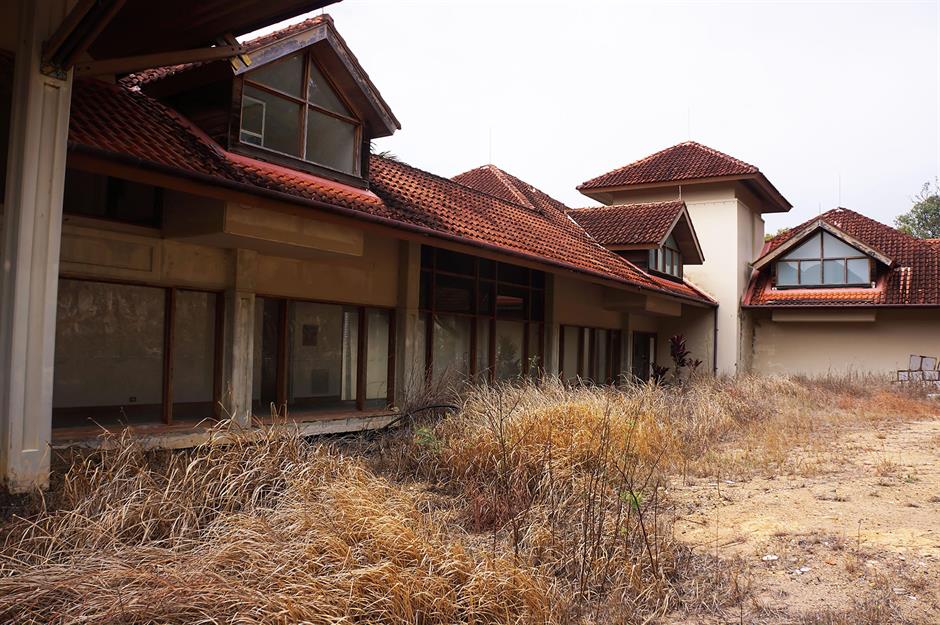
Another once vibrant and luxurious resort on Queensland’s coast that has seen better times is Laguna Quays Resort, in the north of the Mackay region, near Midge Point.
Hitting the headlines over concerns around foreign ownership, the neglected resort opened in 1992 but closed in 2012 due to financial problems.
Laguna Quays Resort, Queensland

Once its pride and joy, the resort's Greg Norman-designed golf course now sits abandoned and overgrown like the rest of the tired tropical retreat.
In 2012, the resort was bought by a Chinese investment group but their plans for development soon stalled. Recently, local residents have taken to restoring parts of the resort themselves in an effort to reinvigorate the area.
Mandurah Castle Fun Park, Western Australia
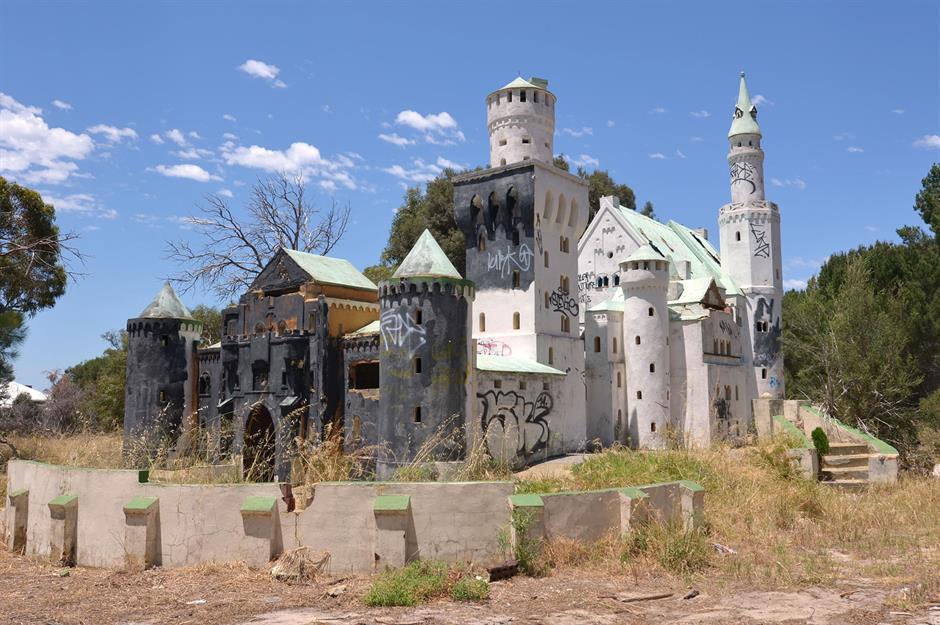
This spray-painted castle was once the centrepiece of a wholesome family amusement park that was completed in 1979 in the southern suburbs of Mandurah, south of Perth.
As well as its European-style castle, there was a miniature village, playground and swimming pool in the shape of Australia.
Mandurah Castle Fun Park, Western Australia
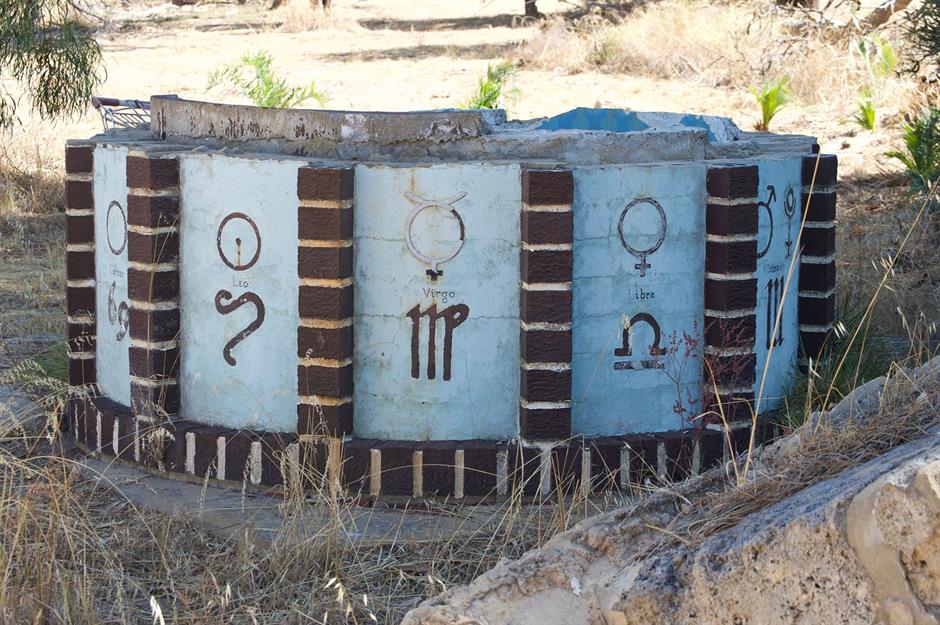
Sadly, though, the stream of day-trippers began to dry up and the park closed in the early 2000s. A bushfire ravaged the deserted site's remnants so now all that stands is the tumbledown turreted castle surrounded by trees.
The fairy tale-esque park may yet get a happy ending, though, as there are reports of a redevelopment that will see the decrepit structure restored to form part of a new childcare centre and used as a venue for kids parties.
Fantasy Glades, New South Wales

Another faux castle that met an unhappy fate lies entangled in rainforest near Port Macquarie in New South Wales. Reminiscent of Sleeping Beauty, the fairytale-themed park (complete with storybook cottages, the Seven Dwarves mine and dragon in a cave) closed in 2002 when the owners retired and has been taken over by the forest ever since.
You won’t see the Three Bears as you stroll around the semi-derelict amusement park, but you may well see koalas kipping in the trees.
Fantasy Glades, New South Wales
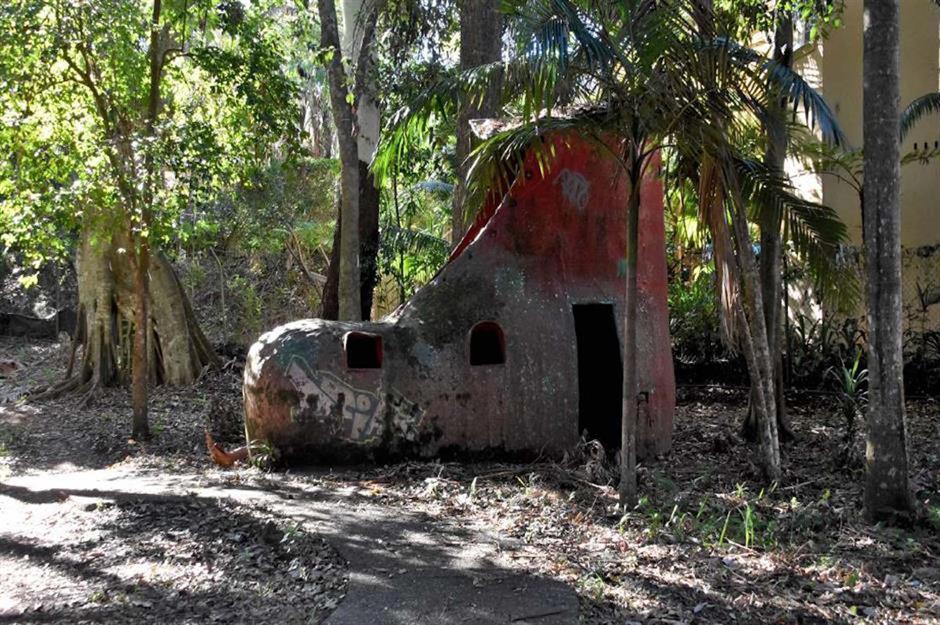
A new owner has rescued the decaying and vandalised buildings from the forest, giving some a lick of paint in recent years and hatching plans to revitalise the site, including opening holiday cabins.
However, according to The Guardian, his plans are in limbo due to concerns from the local community about the impact bringing Fantasy Glades back to life will have on the community of resident koalas. So, for now, the deep sleep continues...
Paronella Park, Mena Creek, Queensland
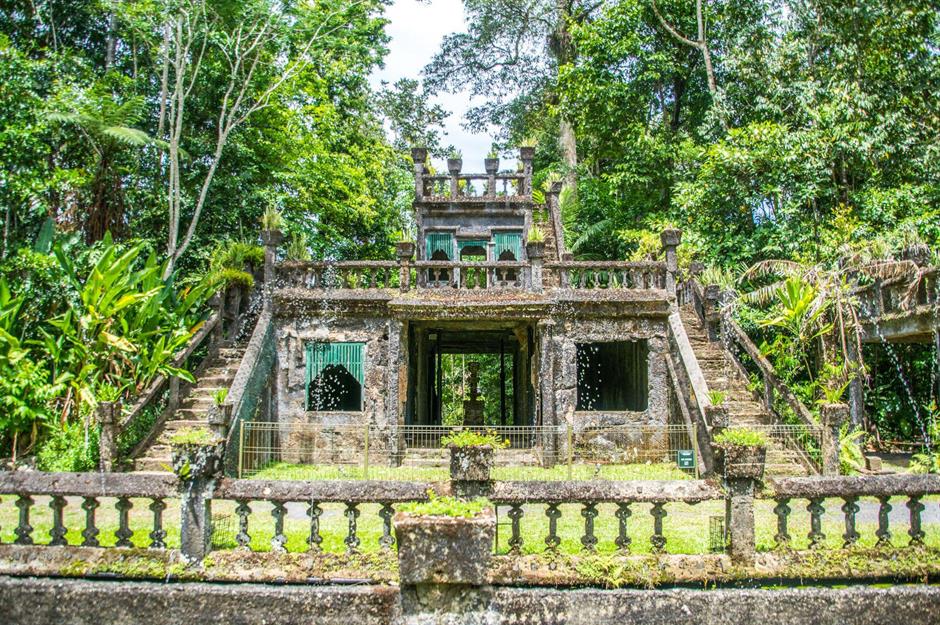
Paronella Park was the brainchild of Spanish-born José Paronella, who snapped up a small plot of land by Mena Creek Falls. His lush site eventually consisted of a concrete castle, plus a swimming pool and some 7,000 trees.
José sadly passed away in the 1940s and by the 1970s, the park had been sold outside the family.
Paronella Park, Mena Creek, Queensland
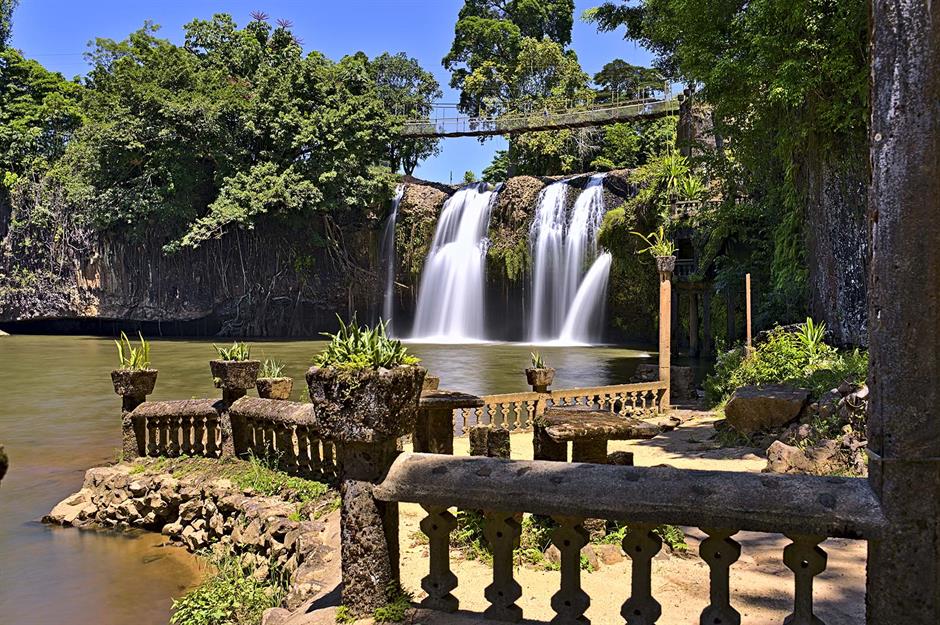
A devastating fire, as well as several cyclones, also ripped through the castle, leaving it in a decrepit state. Now, though, preservation work has been carried out by the current owners and tourists typically come to marvel at the castle's shell and wander the leafy grounds.
Big Bell Hotel, Western Australia
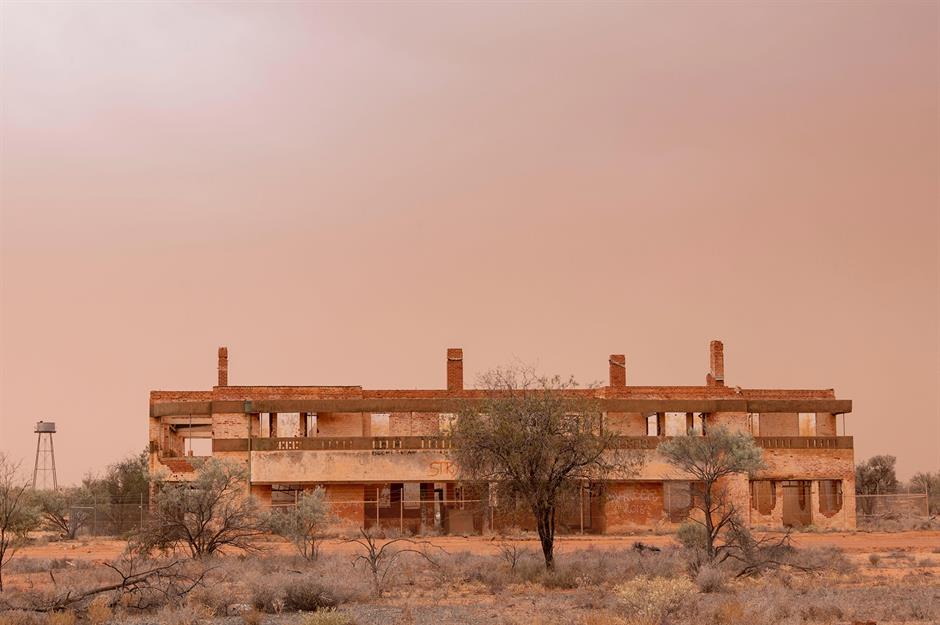
The hotel at Big Bell, a now deserted township in Western Australia established in 1936 when the Big Bell Gold Mine opened, was said to have had the longest bar in Australia in its day, drawing in thirsty punters from far and wide.
Now the ruins of the impressive Art Deco hotel are one of the few buildings that remain in the deserted mining town that shuttered in 1955, seen here as a desert dust storm approaches.
Big Bell Hotel, Western Australia

The abandoned hotel is a 25-minute drive west of the remote town of Cue, itself a seven-hour drive north of Perth. Other than the bar and a few Art Deco fireplaces upstairs, little remains from the hotel’s glory days.
The few visitors who drop by usually do so as a side trip from nearby Walga Rock, Australia’s second-largest monolith after Uluru.
Victoria Theatre, Newcastle, New South Wales
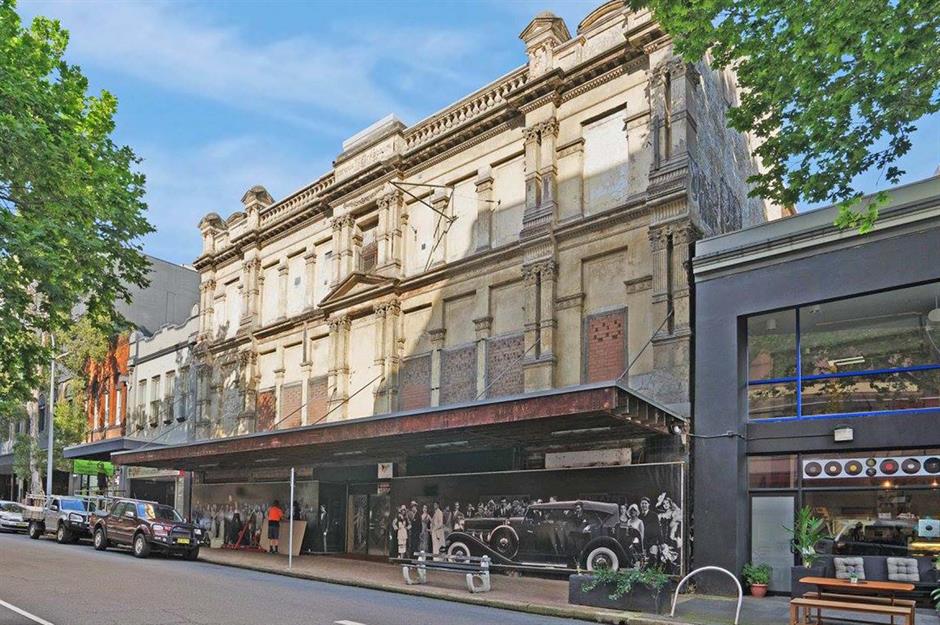
Built in 1876, heritage-listed Victoria Theatre is the oldest surviving theatre in New South Wales. With a capacity of around 1,500 people, it was once a state-of-the-art performance centre that rivalled those in Australia's biggest cities.
Despite its old age, the theatre used cutting-edge technology for its time, from a massive fly-tower for set and scenery management to 16 dressing rooms. Built around 50 years before electricity was introduced in Newcastle, the theatre used limelights to illuminate the stage during performances.
Victoria Theatre, Newcastle, New South Wales
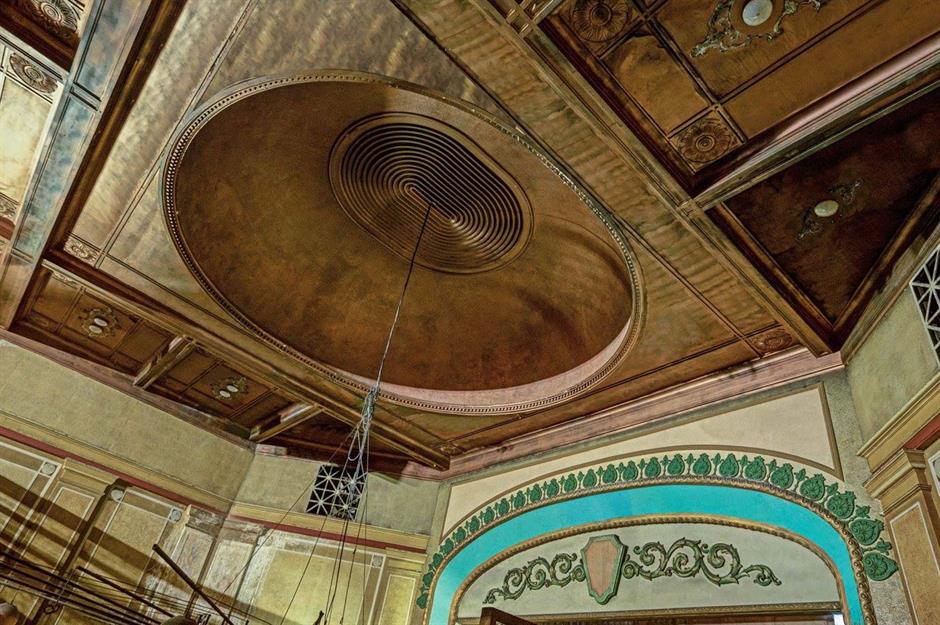
The theatre was rebuilt in 1890 and then remodelled again in 1906 and the 1920s. Between the 1940s and 1966, the theatre operated as a cinema as well and by 1967 it was transformed into retail space.
The building changed many hands up until the 1990s when it was abandoned. Now, the historic building is owned by Century Venues who are planning to restore it to its former glory.
Read on for more of Australia's eerie abandoned buildings...
Comments
Be the first to comment
Do you want to comment on this article? You need to be signed in for this feature